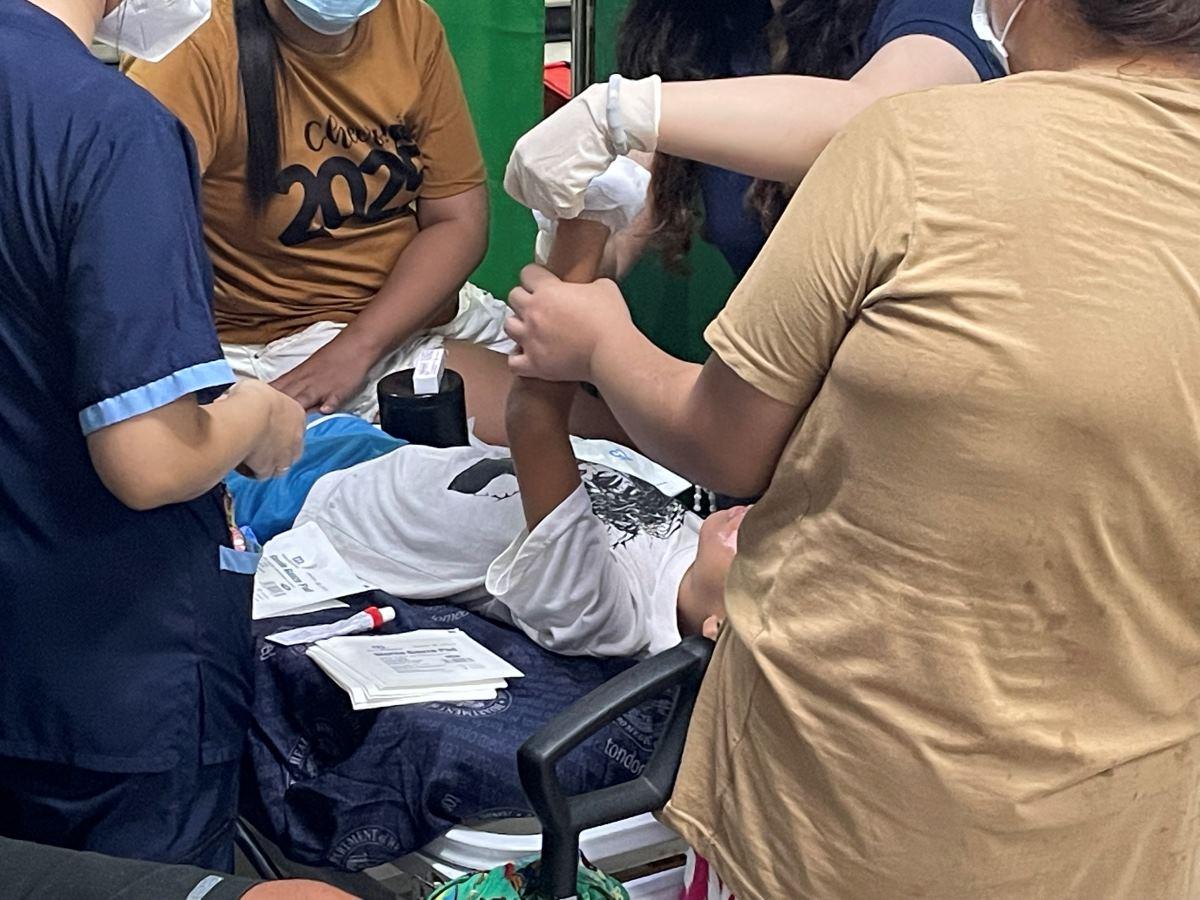Firecracker injuries breach 500 mark

Over 500 people have been hurt due to firecrackers amid the New Year 2025 festivities, the Department of Health (DOH) said Thursday.
Latest data by DOH showed that 188 additional firecracker-related injuries were reported on December 31, New Year’s Eve.
Three cases were also logged on the night of January 1, while three others from previous days were belatedly added in the tally.
Overall, the cases recorded from December 22, 2024 to January 2, 2025 have reached 534—slightly lower by 9.8% from the 592 cases during the same period last year.
The DOH said that kwitis—a legal firework but is still dangerous—-has become the top cause of the injuries so far.
Earlier, the agency said that improvised cannons called “boga” were the leading cause of injuries.
Aside from kwitis and boga, other firecrackers that caused many injuries were 5-star and whistle bomb.
Most of the casualties were male (443 cases), and many of them were aged 19 and below (322 cases).
More cases
At a press conference, Health Secretary Ted Herbosa said he expects the number of firecracker-related injuries to still increase in the coming days due to late reports and victims not getting treatment immediately.
“Palagay ko madaragdagan pa ‘yan until January 6. Pero I can say mas mababa na, I don't expect it to increase a lot,” Herbosa said.
(I think the cases will increase until January 6. But I don't expect it to increase a lot.)
“In fact, one week later namin nakukuha ang mga cases ng tetanus… Kung minsan maliit na putok lang, talagang band-aid type lang na sugat, tapos hindi nagpunta sa [emergency room], hindi na-injectionan ng anti-tetanus vaccine, nagpe-present ‘yan one week later.”
(In fact, we get the cases of tetanus one week later. Sometimes it's just a small wound, really just a band-aid type of wound, but the case didn't go to the emergency room and didn't get injected with the anti-tetanus vaccine. The tetanus will present one week later.)
Herbosa also underscored the importance of community fireworks being done by professionals alone to reduce the number of people dying or getting hurt due to firecrackers.
Four individuals in Luzon and Visayas reportedly died due to firecracker-related accidents as the country welcomed the New Year.
According to Herbosa, these deaths could have been prevented if there were no firecrackers lit by civilians.
Thus, he reiterated the longstanding stance of DOH that it would be better if there would be a total ban of fireworks in the country.
“One death is too many sapagkat ang fireworks-related death ay preventable death. Kung hindi siya nagpaputok, hindi siya mamamatay…Or kung passive [user] naman siya, natamaan lang siya ng paputok na pinaputok ng iba, kung hindi nagpaputok ‘yung iba, hindi siya mamamatay,” he added.
(One death is too many because fireworks-related deaths are preventable deaths. If they didn’t light the firecrackers, they wouldn’t die. If they were passive users, they wouldn’t die if someone else didn’t use firecrackers.)—AOL, GMA Integrated News





